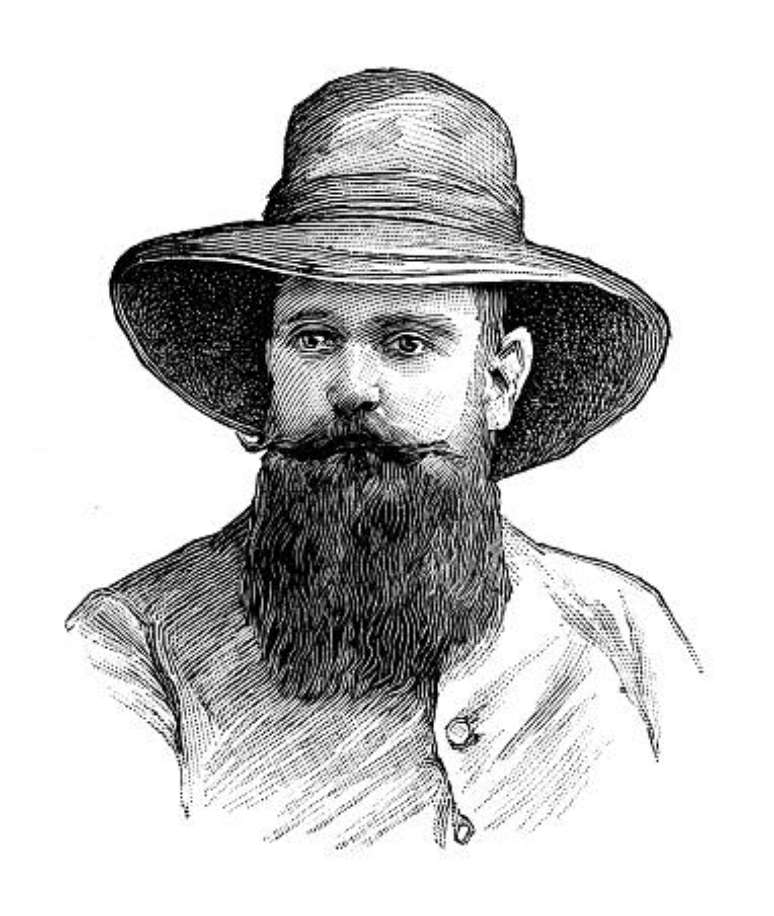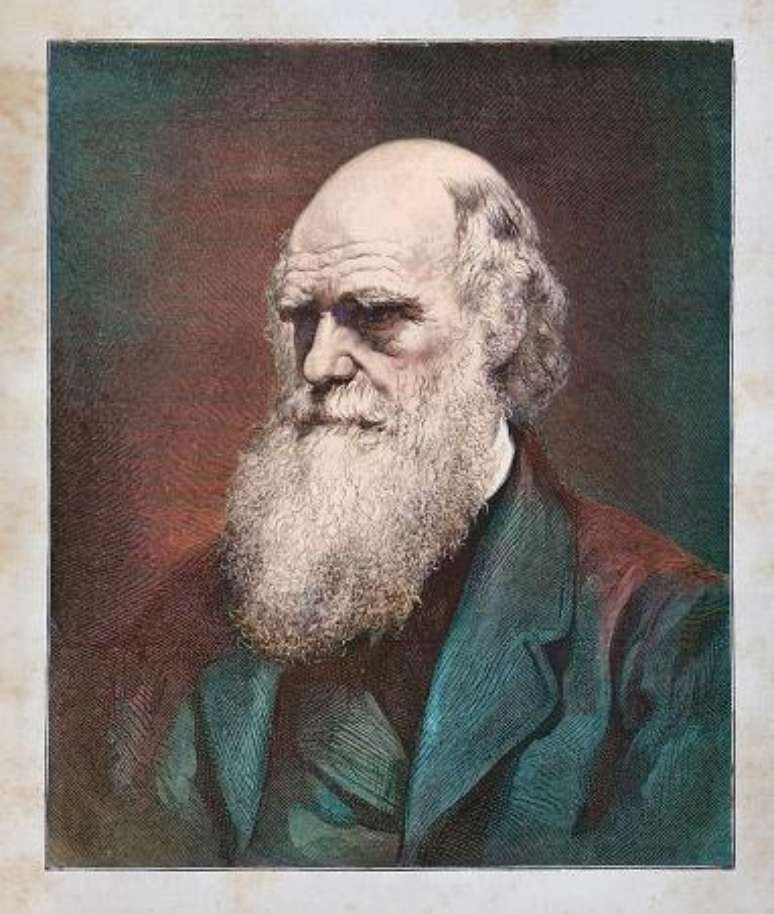The history of beards is more curious than one might imagine, as they were used for the most peculiar purposes. Many such cases have been recorded in the book Of beards and men: the revealing story of facial hair, 2015, written by historian Christopher Oldstone-Moore. In this text we share some of these documents.
The beard as a military strategy
About 2,000 years ago, for example, Alexander the Great’s troops were preparing to face a battle in Asia. The famous Macedonian commander then gave an unusual order to his soldiers: they had to shave.
The reason, in fact, was rather strategic: in this way the enemies would not be able to grab them by the beard. It was so successful that, for the next 400 years, this habit persisted among Greek and Roman soldiers.
For Oldstone-Moore “the history of men is literally written on their faces”. She defends the thesis that a lot can be discovered by looking at male facial hair trends. This involves notions of religion, art and politics.
Men began shaving their faces at least as early as the times of the Sumerians and Egyptians, who used copper or bronze razor blades. They were also often associated with power: to appear more respectable, Pharaoh Hatshepsut wore an artificial beard when she ruled Egypt.
Shakespeare mentioned beards in almost all of his works. Historian Will Fisher analyzed 300 portraits of European men taken between 1500 and 1600 and noticed that for every portrait of a beardless man there were 10 of bearded men. For him this shows that this ornament has always had relevance as a sign of masculinity.
Beard and health
In ancient medical books, Renaissance doctors linked beards to sperm production. The idea was already supported by classical Greek scientists that humans had vital heat, which would explain their amount of hair. The theory, of course, turned out to be false.
According to Oldstone-Moore, in ancient Greece, it was believed that only a man could survive growing a beard. A woman having hair on her face would indicate the presence of a health problem and could die from it.
Around 1160, a German abbess named Hildegard of Bingen defended the theory that hair grew around men’s mouths because their breath was hotter. Women, however, would not have this characteristic, since men were formed by the “earth”, and they, by men.
Around the 17th century it was considered respectful to be clean-shaven. Louis Pasteur’s germ theory helped solidify this idea, as people began to believe that facial hair caused a large accumulation of microbes.
Not surprisingly, a French scientist of the time carried out an experiment in 1907 and noted that the lips of a woman kissed by a man with a mustache would be “polluted by tuberculosis and diphtheria bacteria, as well as by food particles and dog hair.” legs of a spider.”

Source: Terra
Ben Stock is a lifestyle journalist and author at Gossipify. He writes about topics such as health, wellness, travel, food and home decor. He provides practical advice and inspiration to improve well-being, keeps readers up to date with latest lifestyle news and trends, known for his engaging writing style, in-depth analysis and unique perspectives.








![Such a wonderful sun in advance: Summary of the Episode on Monday May 19, 2025 [SPOILERS] Such a wonderful sun in advance: Summary of the Episode on Monday May 19, 2025 [SPOILERS]](https://fr.web.img6.acsta.net/img/89/09/8909a522450b5f0a560f8c760d0d69ee.jpg)
